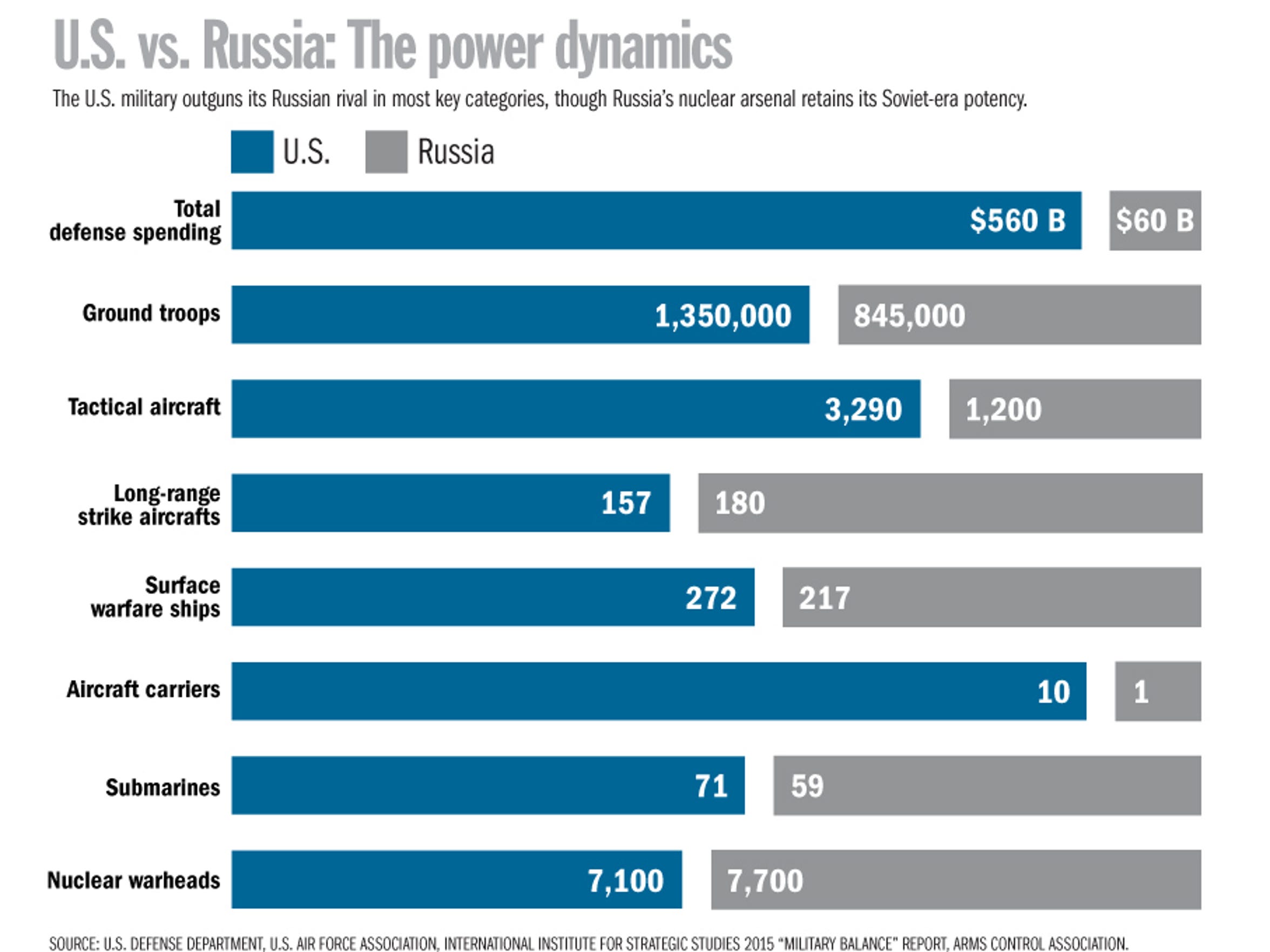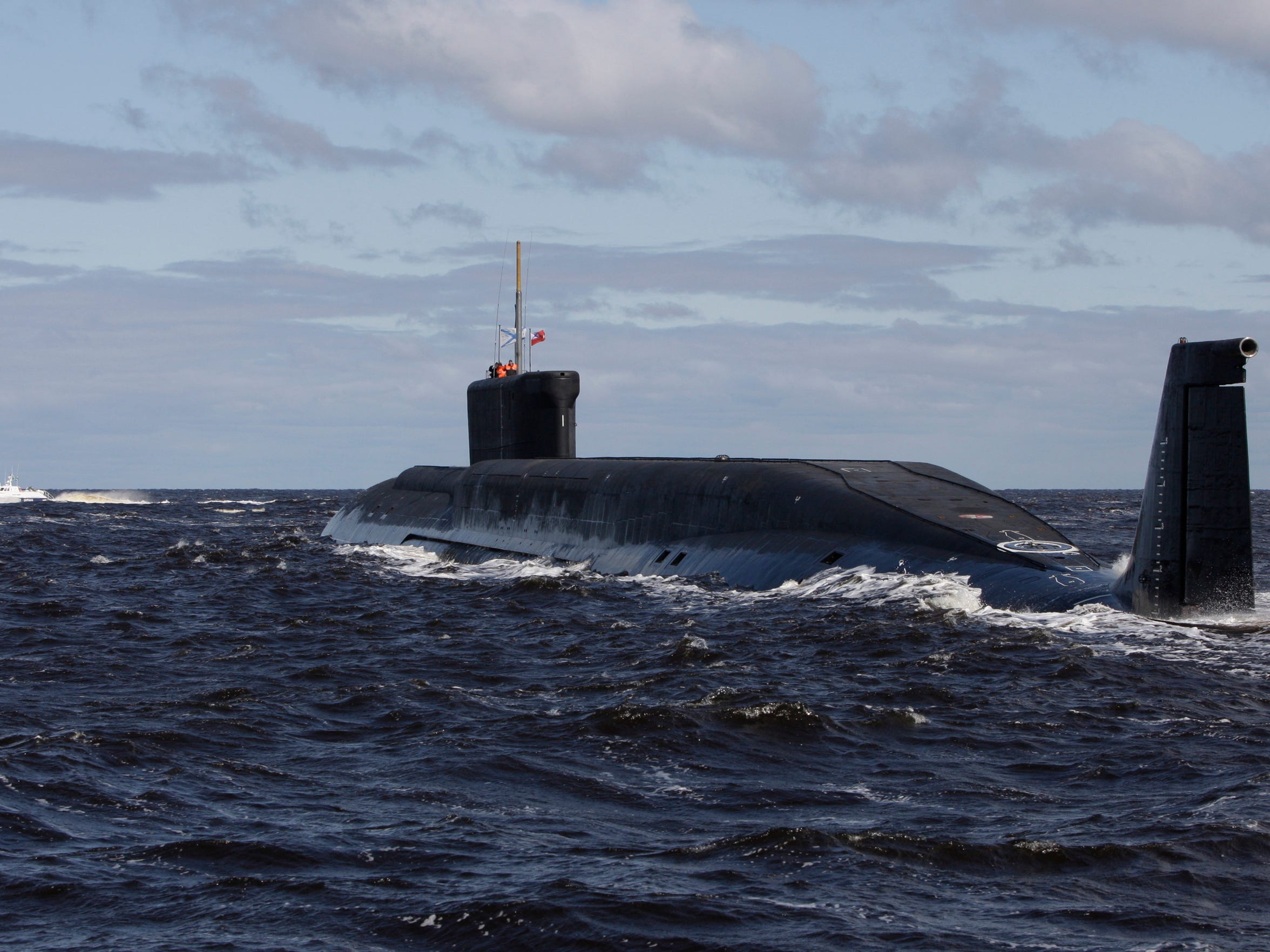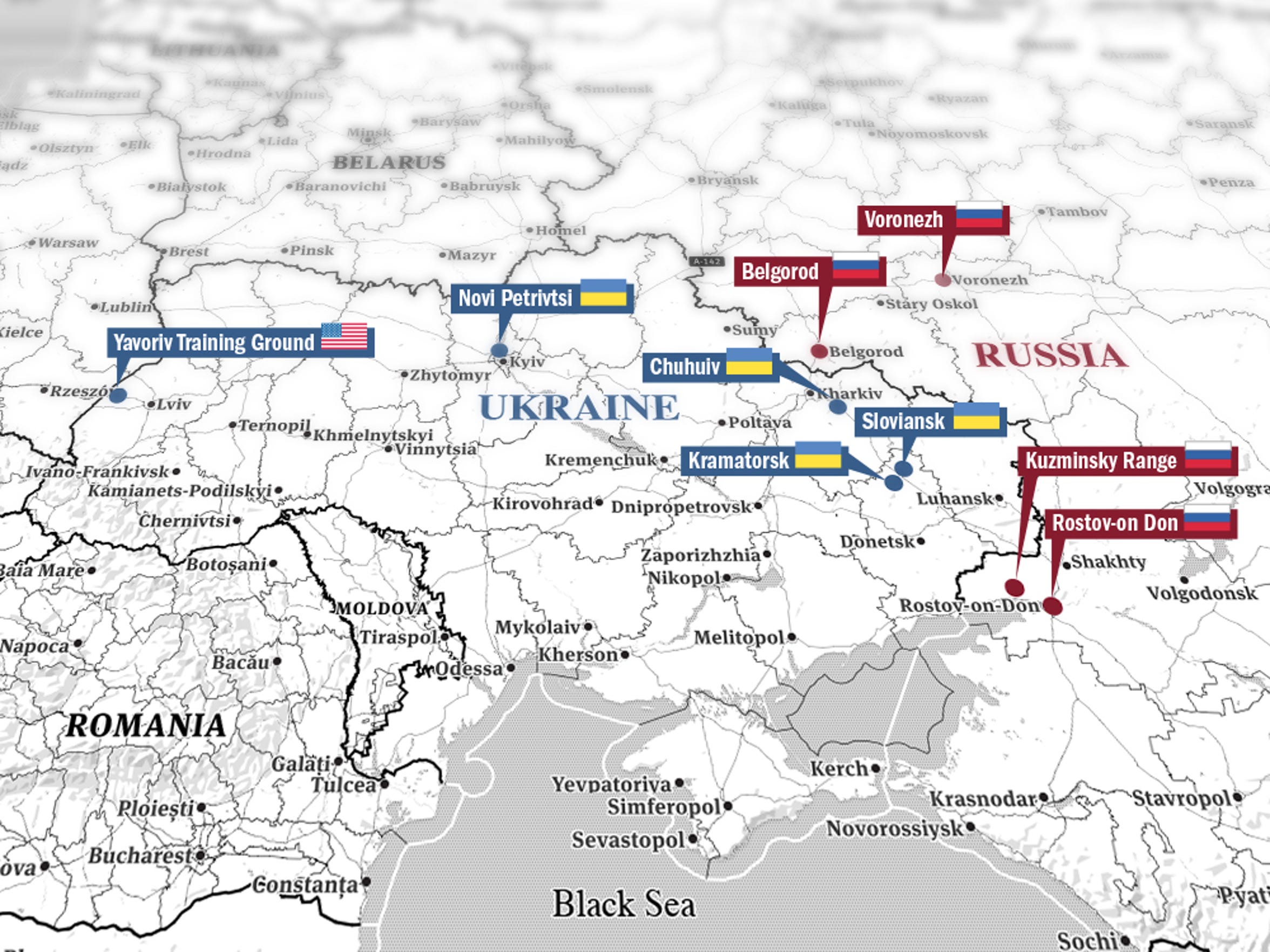NATO Provoking the Kremlin : Power Dynamics
"The key thing for credible deterrence on land is that major allies should have a presence in this. So to be blunt, so that Russia knows that if it tries something on in a Baltic republic or in Poland or Romania, Bulgaria, it very quickly comes up against British or American or German troops."
NATO source
"This is NATO taking a more muscular approach than it has done since the Cold War to enhance its forward presence to the East, and as necessary to the South, but only doing as much as is strictly necessary."
"Ministers will, I think, agree a highly innovative approach that is completely different from the Cold War. This is NATO assuring itself it can do credibly what it was created to do and has a treaty obligation to do, which is to defend its members."
"It is about being strong enough not ever to have to fight, so you can go about your daily lives without worrying about defence matters."
Adam Thomson, British ambassador, NATO
 |
| Still from video |
Undeniably Russia has been deliberately provoking NATO, by playing on the fears of the Baltic states that they may be next in Vladimir Putin's game of showing the international community that his country is still a world power to be reckoned with. To be sure, the international community has been attempting to reckon with Moscow's belligerence. First Ukraine, and the exploitation of ethnic unrest leading to the grabbing of Crimea and the aspiration to incorporate more of east Ukraine into Greater Russia.
Under Vladimir Putin there will be a Greater Russia, reminiscent of the fear instilled abroad by the Soviet Union whose former satellites have no wish to return to the fold. And since some of those former satellites are now securely within the welcoming bosom of NATO, any such endeavour would be met with the kind of push-back that is no mere confrontation but an introduction to World War Three. No one would welcome that. So deterrent is required to keep a bully backing off.
In sunnier times post-USSR, NATO had reached an amicable territorial agreement with Russia, that it would never station a permanent NATO force in Eastern Europe. The solution to that binding assurance is simply to install a non-permanent, or "quasi" permanent brigade-sized (from 3,000 to 5,000 troops) U.S. military force in the east, perhaps Poland, where U.S. military units will rotate in and out of the area; the presence of troops to be permanent, but their makeup changeable.
It isn't that a force of 3,000 or 5,000 at most would represent a formidable fighting force capable of holding back a full-thrust Russian force intent on occupying one of the Baltic states, but the purpose of NATO is to dedicate full support to any of its member states against occupation. Should Russian troops be dispatched to do any such thing, the response would be immediate and forceful, and as such create a scenario that no one considers favourable to the climate of peace.

Russia has invested massive treasury in upgrading its military with state-of-the-art equipment reflecting the latest in military technology. That was before the collapse in the world price of oil and gas. Now, with its economy reeling from sanctions and the low dollar value of a barrel of oil, and its expenses in prosecuting another war in Syria, Moscow may be less willing to flaunt its new war toys as it has done; its jets entering various countries' air spaces and its submarines hiding their presence from scrutiny in national territorial waters not its own.
 |
| Russia's military strategy is focused on access denial. As a part of that, it is investing heavily to expand its submarine fleet. (Photo: Alexander Zemlianichenko/AP) |
The proposed rotating units of the US. military would contain highly mobile special forces units armed with surface-to-air missiles with the backing of planes and helicopters. This reinforcement of eastern Europe includes increasing intelligence capacities, with plans to rapidly reinforce front-line units coming from western Europe to respond to any emergency situations. Their deployment would go some distance in aiding vulnerable states to feel more secure, and able with NATO assistance, to defend themselves.
Poland would feel far more comforted, however, where American troops and heavy weapons were to find a permanent home on their front line of defence against Russia.
 |
| Since its annexation of Crimea in early 2014, Russia has steadily
expanded its military presence in the region. In response, the U.S. and
its NATO allies are working to build, train and equip Ukrainian forces. (Photo: John Bretschneider/Staff MilitaryTimes) |
Labels: Aggression, Defence, East Europe, NATO, Russia, Ukraine, United States

<< Home